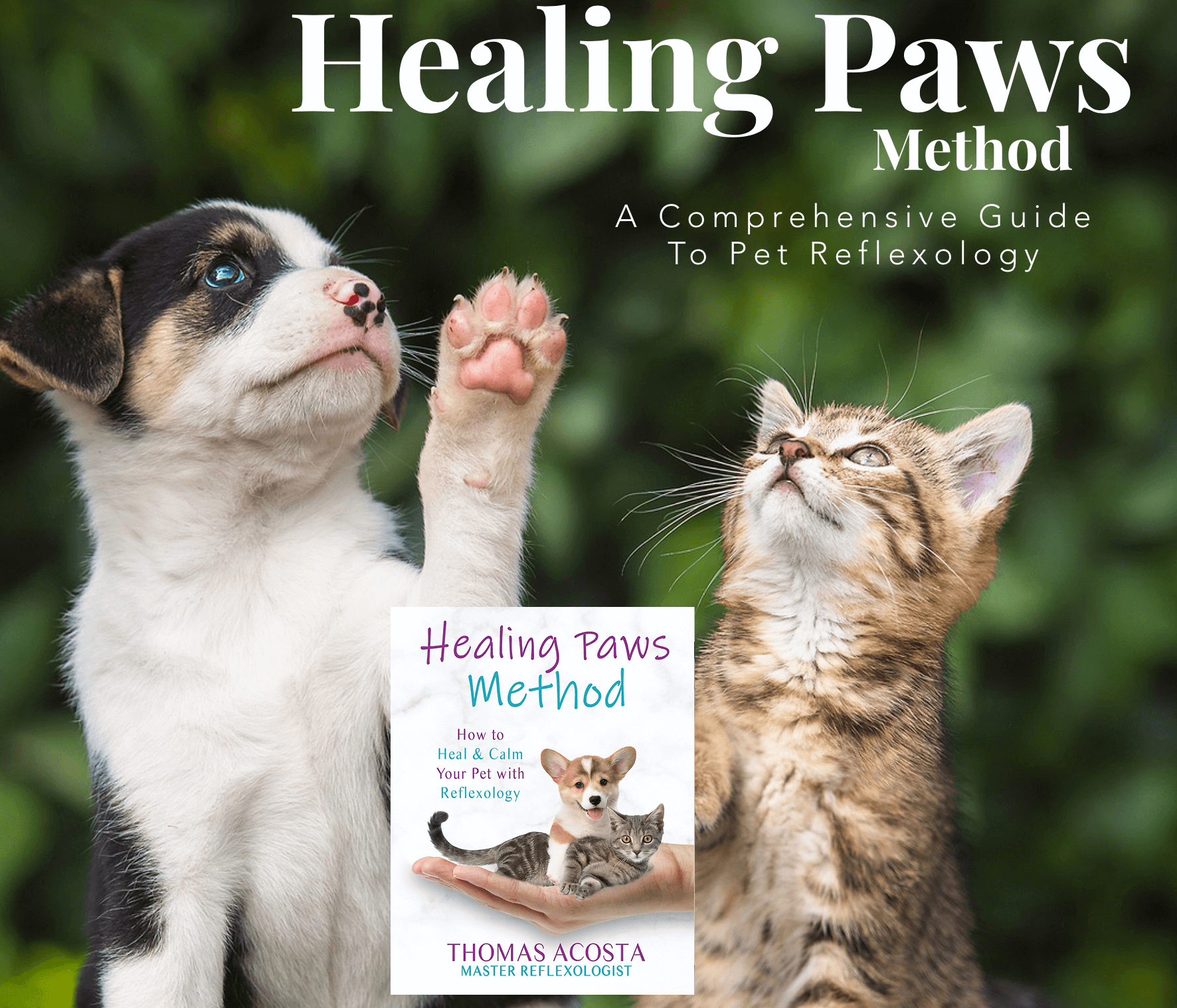 By Jon Thompson, Sedona Resident
By Jon Thompson, Sedona Resident
(January 9, 2014)
Last Monday, Sedona.biz published a letter to the editor by Elemer Magaziner, a member of the Citizens Steering Committee for the New Community Plan (CSC). If you missed it, I heartily recommend that you read it and the responses it generated before continuing with this letter. It’s a good example of the open and heart-felt dialogue that the CSC so earnestly sought since its formation. It also suggests continued involvement by citizens in government decision making to further clarify their desires—a position I strongly support. The Community Plan is not the end, but the beginning of a process that we need to keep alive on a daily basis.
However, Elemer’s letter is also critical of the process the CSC followed. I am also a member of the CSC and have had the honor to serve as chair for the past two years. What I would like to do is provide another perspective on the process that the CSC did follow, in the hope that it will lead to a fuller understanding of how our outreach efforts resulted in the Community Plan that now awaits a public vote. These comments and opinions are my own, by the way, not the CSC’s.
Regarding the outreach process that the CSC conducted, Elemer is correct that the CSC did not directly ask “What effects do people expect a new community plan to have on the quality of their lives?” Such an approach might have been very informative, and I certainly understand his preference for a process that starts with defining a vision first, then goals, objectives, etc.—moving from the general to the specific. That’s a well-established, deductive process of organizational development, and was one that the CSC discussed and considered. However, the CSC ultimately decided on a process that turned out to be more inductive than deductive. I personally believe that the path we followed was better for the task at hand, but that was, and always will be, debatable. Here’s how it went.
In our first public meetings, we opened the doors and opened our ears to whatever people wanted to say. We encouraged citizens to “Imagine Sedona 2020 and Beyond” and provided some motivational words and images to inspire creative and visionary thinking, but we tried to keep things open-ended, to allow full freedom of expression and to better assess how the public wanted to participate. We would have been thrilled if more people had described their future quality of life visions. For the most part, however, the public responded with specifics: what they did or did not want to happen (a creek walk, less traffic, protect the natural environment, etc.), rather than visionary statements about their personal quality of life. That was understandable, because it’s easier to describe specific things that would make your quality of life better or worse than it is to describe your desired quality of life in general. Still, as Elemer often reminded us, we needed to understand the citizens’ individual visions before we could discover the common vision we shared.
So we looked for patterns in those specific comments and ideas, to try to tease out the vision behind them—to build the whole from the parts. And we found three dominant themes, around which different visions could be constructed: Environment, Tourism, and Community (or ETC). We then imagined and laid out three hypothetical and fairly extreme future Sedona scenarios based on those three visions, which we presented to the public last January. The idea was not to get citizens to pick the one they liked best, but to help them to imagine themselves in the future, so they could better communicate to us what kind of future lives they wanted—as individuals and as a community. To make these three visions as tangible as possible, we included lots of specific development ideas in them—most of which had been culled from those earlier citizen comments—but there were vision and quality of life statements for each scenario as well.
And I believe that effort was successful. Many people still focused on the specifics of one ETC scenario or another, of course, but many also saw interrelationships and interdependencies in the three visions. And the preferences and comments we received from that exercise were the most visionary and passionate we had received. At that point we could have continued holding meetings, asking questions, and gathering input, but based on the responses from the ETC visionary exercise, the CSC decided we could proceed with drafting a plan that would be ready for public review and hearings by Planning & Zoning and City Council.
This process of gathering specific comments first and then extracting goals and vision from them might indeed seem like putting the cart before the horse. But if I may be allowed to abuse that classic metaphor, sometimes a cart can be pulled by a horse, and sometimes it needs to be pushed by a bunch of people. For better or worse, anyway, the above is a very truncated version of how the CSC spent the last three years. I leave it to you to decide if the resulting Community Plan captured the vision of Sedona that you can support. And the way to determine that, of course, is to read the plan itself, not just what people like me say about it or how it was created.
At every stage of our three-year effort, there was debate within the CSC about the right process to follow, and each of us, as individuals, would probably have preferred that some decisions be different. That’s even more likely true now, in hindsight. But we chose our path as a team, and to every member’s credit, we remained together and kept moving forward despite our differences. In this way, I hope we are representative of all our fellow citizens: folks of dramatically varied backgrounds and interests, vocal and passionate about what we believe and what matters to us most, but unified in the goal of finding the common values and future vision that make us Sedonans. No one claims that the final result is perfect. But, as Elemer says in his letter, the plan “…does not disallow residents from applying clarifying information to decisions, anymore than it disallows additional information at public hearings.” To which I add “Amen!” So my personal opinion is that if we stay engaged with our government, the new Community Plan is an excellent foundation upon which to build the future we want.



